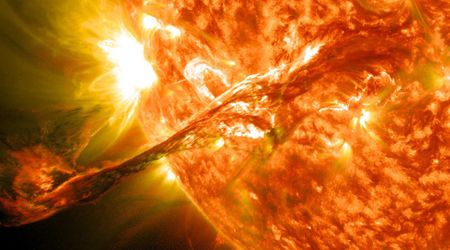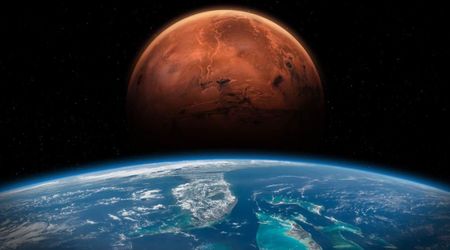NASA says 3I/ATLAS is 'not a danger to Earth' after revealing unseen images
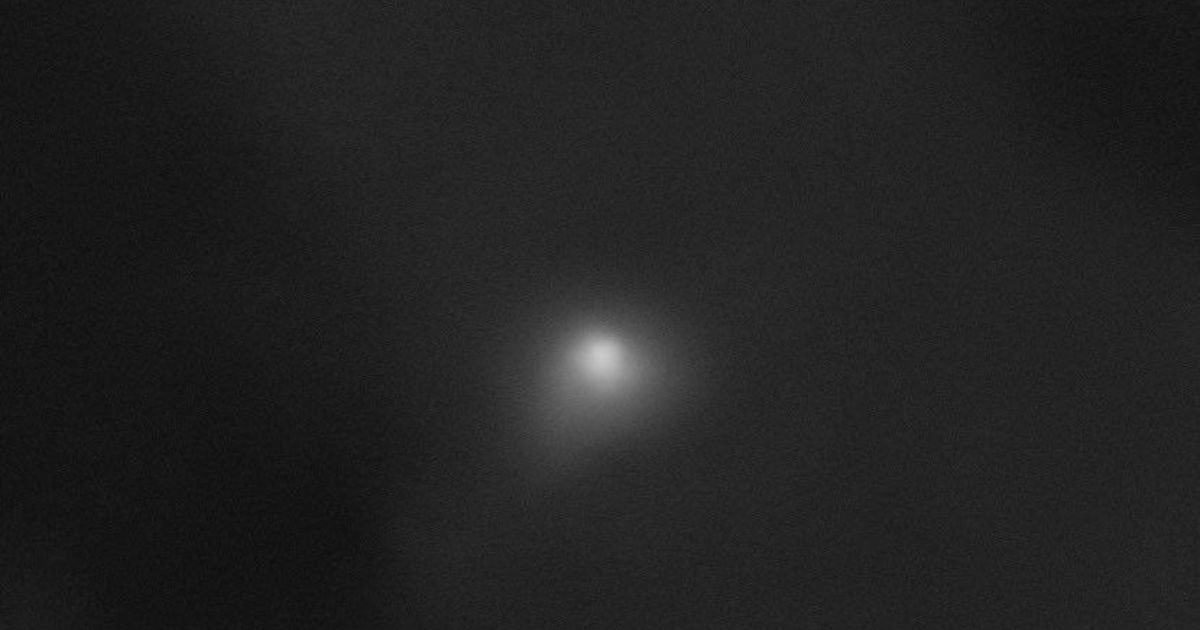
Space agencies across the world have shared their images of interstellar comet 3I/ATLAS since it was discovered. However, NASA was limited by a government shutdown, which was in effect from October 1 to November 12. This coincided with some milestones of the comet, including its perihelion and Mars flyby. And it wasn't until the recent YouTube Live broadcast on November 19, 2025, that NASA experts sat down to share images of the comet taken during this period and offered their remarks on the same.
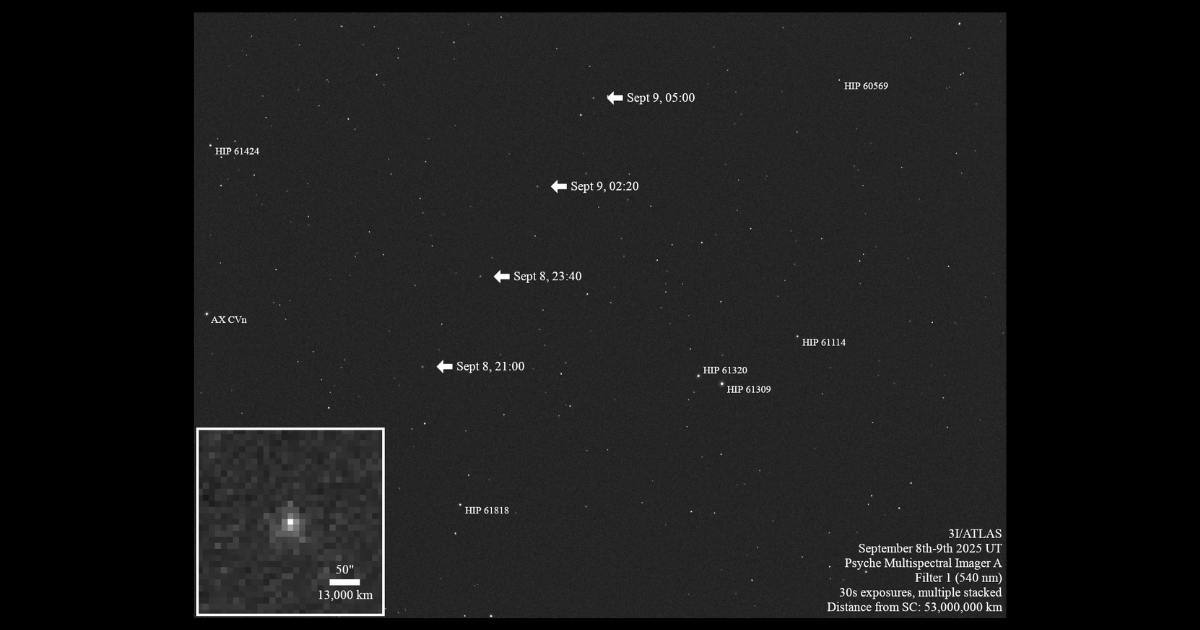
The James Webb Space Telescope, the Mars Reconnaissance Orbiter, the Perseverance Mars rover, and the Lucy asteroid-studying probe were among the spacecraft that studied the object. The broadcast was presided over by NASA Associate Administrator Amit Kshatriya, Science Mission Directorate associate administrator Nicky Fox, Astrophysics Division acting director Shawn Domagal-Goldman, and lead scientist for Solar System Small Bodies Tom Statler.

The NASA officials were quick to confirm that comet 3I/ATLAS is actually a comet. This meant that it is not an alien spaceship, contrary to several speculations. "It looks and behaves like a comet, and all evidence points to it being a comet,” said Kshatriya. "But this one came from outside the solar system, which makes it fascinating, exciting, and scientifically very important." Thereafter, Fox stated that upon discovery, “NASA's Planetary Defense Coordination Office studied it, and they established that 3I/ATLAS is not a danger to Earth. In fact, it is at least twice as far away as the distance between the Earth and our Sun.”
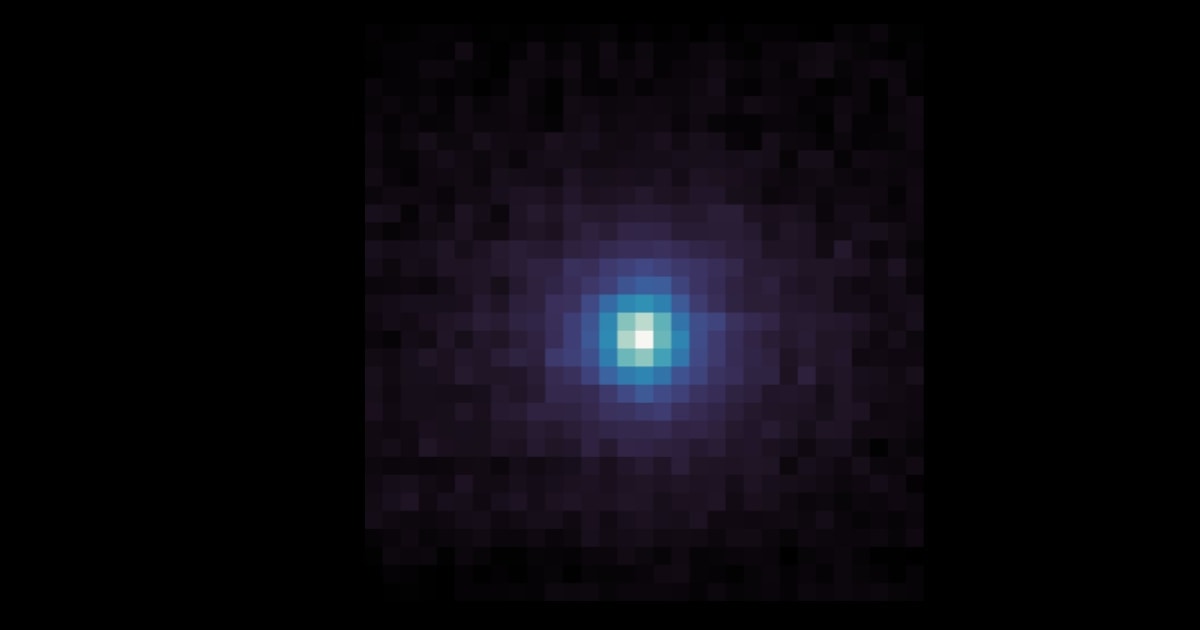
As far as the heretofore unseen images are concerned, the first one that they brought up during the event was taken by the HiRISE camera on the Mars Reconnaissance Orbiter, the closest spacecraft that NASA had to the comet. "You can see the comet 3I/ATLAS looks like a fuzzy white ball," Kshatriya stated. "That ball is a cloud of dust and ice called the coma, which is shed by the comet as it continues its trajectory towards the Sun." Soon after, they looked at the view from the James Webb, combined with SPHEREx data. "We detected an abundance of carbon dioxide gas in the comet's coma and in the bright cloud of gas and dust surrounding that comet as it approaches the sun," said Domagal-Goldman, and the infrared data also showed water ice in the nucleus.
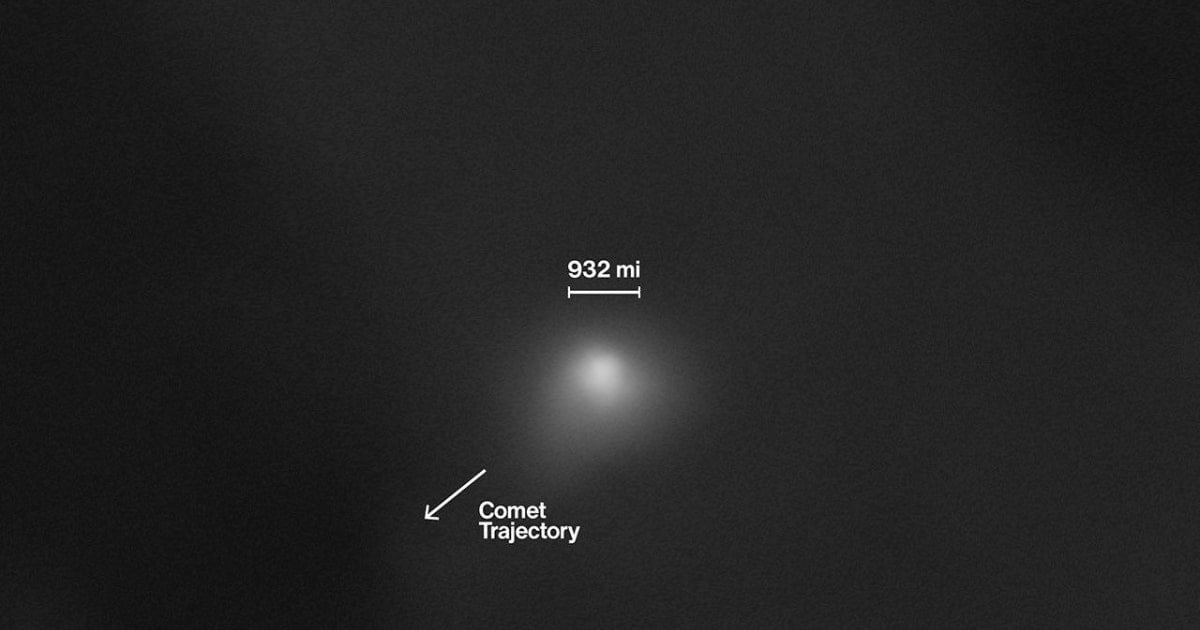
Statler highlighted that, though we knew comets to emit nickel and iron, 3I/ATLAS is ejecting more nickel than iron. "That's really interesting, really remarkable, and something to be studied in the future," he said. The Lucy Asteroid-Studying Probe, meant to observe the Trojan asteroids of Jupiter, captured the comet's coma and its tail from the opposite direction. "You do not get these views unless you have a spacecraft farther from the Sun than the comet is so that you can see it backlit. We could not get this view from the vantage point of the Earth," said Tom Statler. Meanwhile, the Perseverance Mars Rover captured the comet as a faint smudge.

The panel also highlighted the value of these instruments. "We've even pushed our scientific instruments beyond their normal capabilities, beyond the things that they were designed to achieve, to allow us to capture this amazing glimpse at this interstellar traveler," said Fox. The conversation made it clear that it was important to have many different spacecraft capture images and data about comet 3I/ATLAS.
More on Starlust
NASA to release unseen 3I/ATLAS images on November 19: Here's everything you need to know






